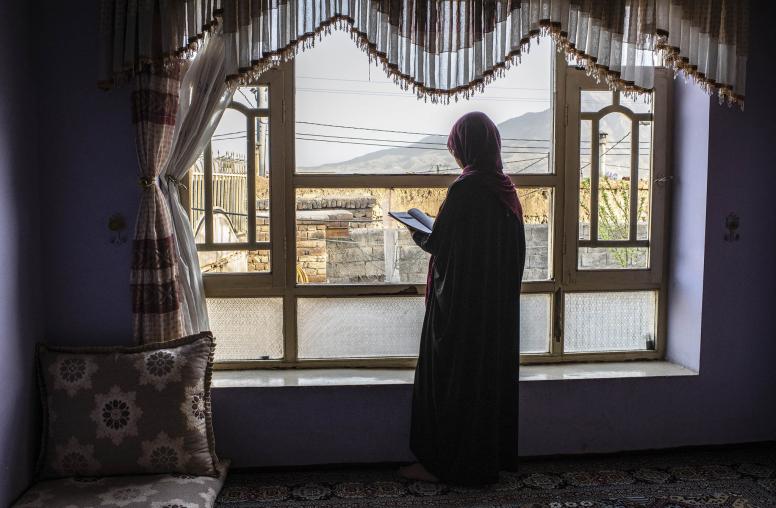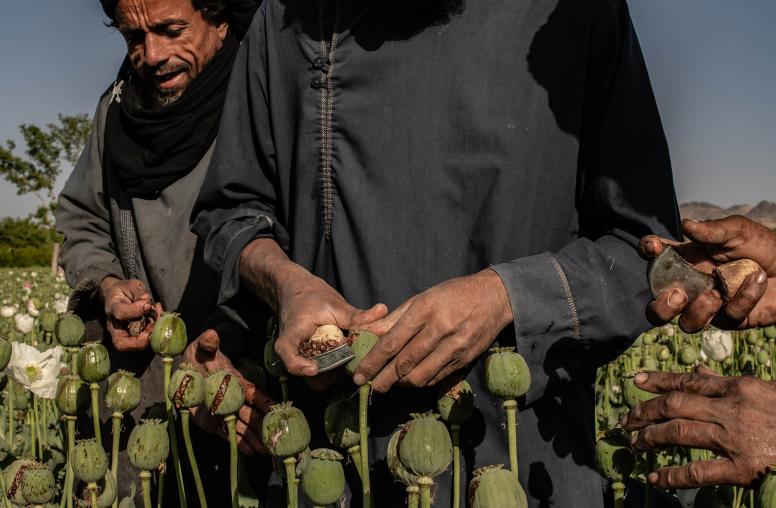Addressing Land Conflict in Afghanistan
Disputes over land in Afghanistan have become one of the key drivers of conflict and criminal violence. Both formal and informal mechanisms for land dispute resolution are weak. The legal framework fails to recognize the reality of informal or customary ownership arrangements. The current land law, revised in 2008, is a fraught one—to establish ownership a person must already have formal documents proving ownership, and if ownership by an individual cannot be proved, title defaults to the state. However, formal documentation is scarce: no more than 20 percent of land is titled. This report discusses a new approach to addressing the problem and offers recommendations for reform.
Summary
- Land disputes are a primary driver of conflict in Afghanistan. Population pressures, rapid urbanization, displacement and resettlement, and rising land value have increased competi-tion for land since 2002.
- When disputes over land arise, they fester and multiply because both the formal and informal mechanisms for land conflict resolution and enforcement are weak.
- Community-based dispute resolution historically mediated land disputes, but the two decades of conflict and instability following the 1979 coup weakened community social structures. Socioeconomic changes and the ongoing insurgency and displacement since 2002 have further destabilized traditional mechanisms.
- State mechanisms are even less able to sustainably settle disputes given their limited presence, poor enforcement capability, bad reputation (due to corruption and land grabbing), and the widespread lack of authentic title deeds.
- In the 1960s and 1970s, the Afghan state tried to formalize land ownership, but the effort was limited and primarily urban. Most of the documentation created has since been destroyed, lost, or deliberately falsified. No more than 20 percent of land in Afghanistan is accurately titled.
- USIP conducted a pilot project from fall 2013 to spring 2014 seeking to increase formal registration of land that had gone through community dispute resolution. The legal frame-work was a substantial hurdle. The limited means for recognizing communal and pasture lands and customary ownership under Afghan law are at odds with the reality of most land ownership in Afghanistan.
- The current Land Management Law creates a fundamental catch-22: To establish ownership a person must already have formal documents proving ownership. Given the pervasive lack of formal documentation, this creates inherent disincentives for citizens to register lands and gives rise to an inherent conflict between the state and most landowners in Afghanistan.
About the Report
The vast majority of land in Afghanistan is untitled and unregistered, further complicating the Afghan state’s ability to help sustainably resolve land disputes. The United States Institute of Peace (USIP) and the Afghanistan Land Authority sought to address this problem by testing a new model of engaging community dispute resolution in formal land registration. This report examines the lessons learned from the pilot and proposes recommendations for reform.
About the Authors
Erica Gaston is a human rights lawyer with seven years’ experience in research and programming in Afghanistan on human rights and justice promotion. A senior program officer in USIP’s Governance Law and Society Center from 2012 to 2014, Gaston designed research and program interventions to promote the rule of law in Afghanistan. Lillian Dang, a senior program officer based in USIP’s Afghanistan country office, oversees rule of law research and programming. She has field-based rule of law, good governance, and human rights programming experience in India, Cambodia, Timor-Leste, and the Philippines.



